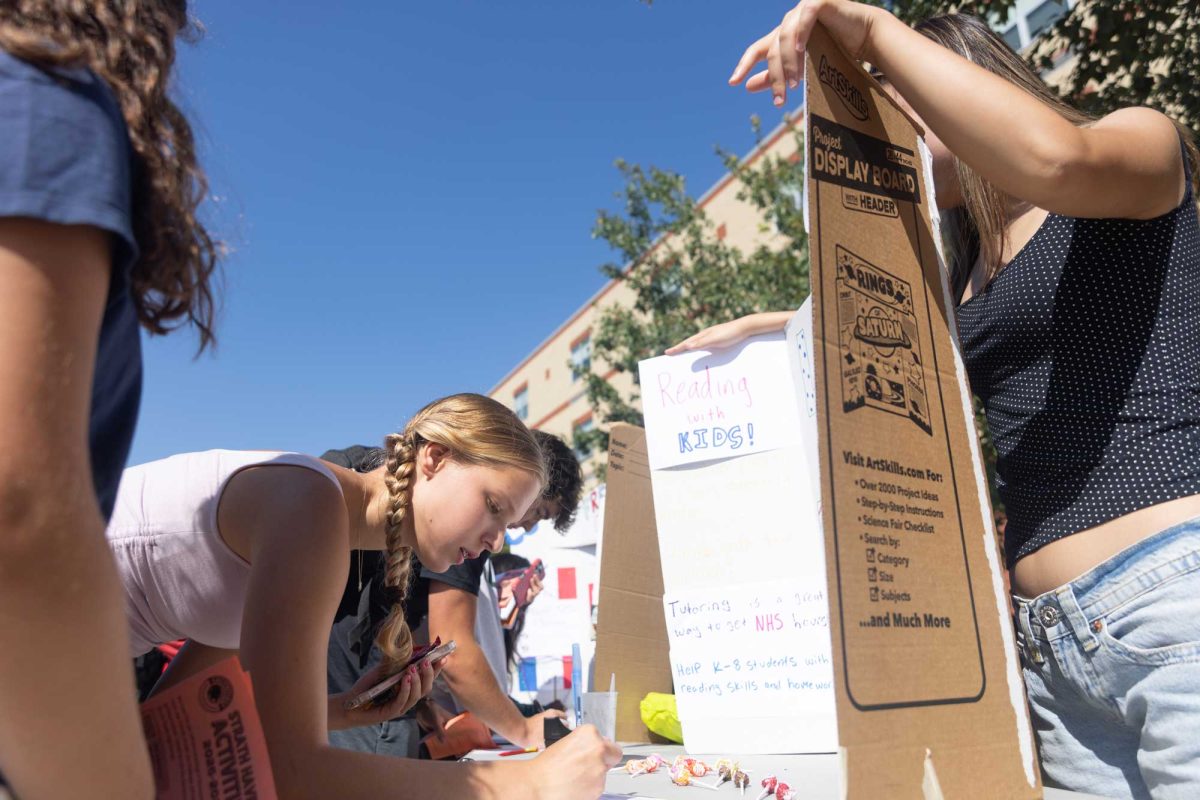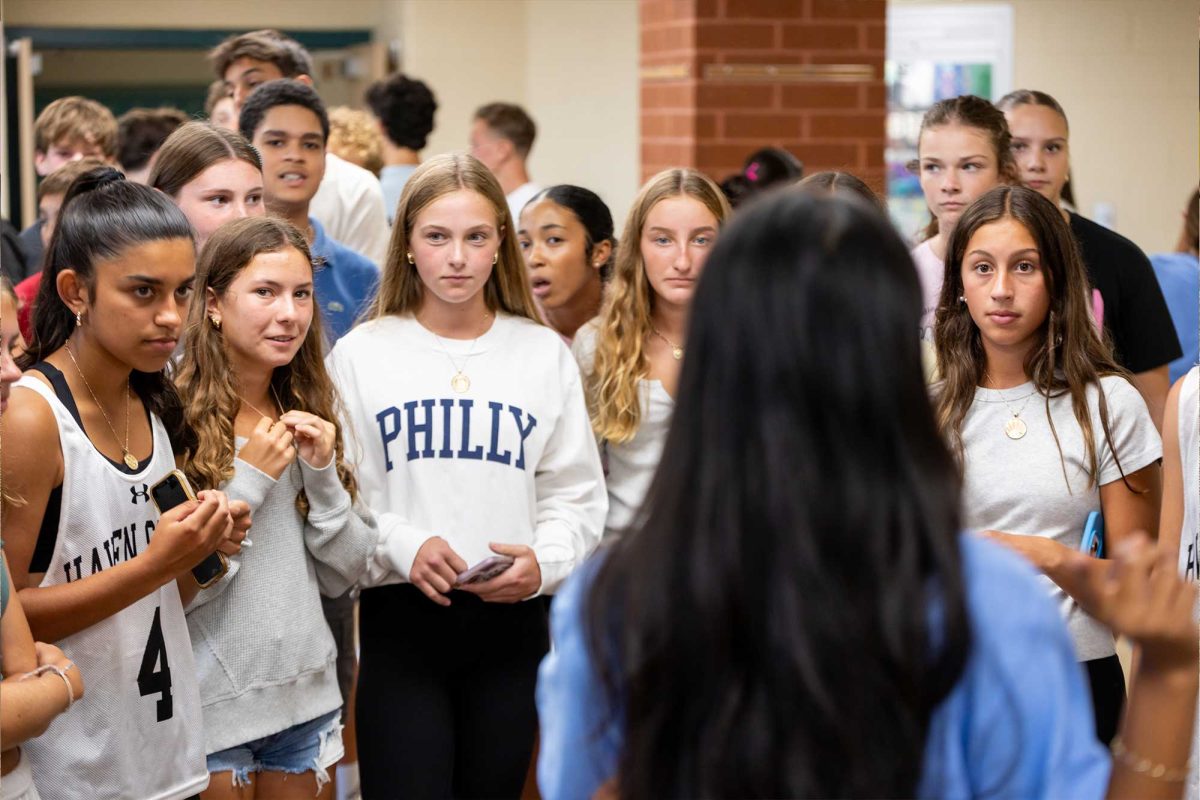Snow: a word that can spark emotions ranging from joy and excitement to disappointment and resignation. Adults fear a day of shoveling and white knuckle driving out on the roads. Students around the world become electrified, anticipating what is to come—whether they enjoy the snow itself or simply want a day off from school.
With the adoption of new technologies in recent years, this dynamic has started to change. The COVID-19 pandemic revealed the effectiveness of teleconferencing platforms such as Zoom and Microsoft Teams as substitutes for in-person schooling, leading some schools to question the need for snow days. Many schools have gotten rid of snow days, believing they waste instructional time when school could be conducted online. A notable example of this are the schools of New York City, who announced last year that there would be no more snow days. Snow day advocates have fought back against this, arguing that snow days are a cherished tradition that have inspired countless memories. They also provide a short break for students and staff, often providing much-needed rest.
In 2020 and 2021, much of the school year was taught online due to the ongoing COVID-19 pandemic. When snow storms occurred, however, the Wallingford-Swarthmore School District continued with their tradition of snow days. Some were confused as to why the district chose this path, while others argued that three inclement weather days are built into the schedule, so no harm was done.
Another issue is access to online teaching for some in the district. With the elimination of this issue, many argue that the use of snow days is wasteful and prevents students from learning. However, snow day advocates say that snow days are not wasteful and provide an opportunity for students to unwind, de-stress, and have fun.
Locally, schools have been divided over the subject of the snow day, with several schools discarding the tradition in favor of virtual days. These include the Montgomery County Public School District, which has decided that they will likely end the use of snow days in order to allow students to continue learning virtually. This decision was precipitated by frequent snow days last year and the need to extend the school year later into June. Several school officials voiced opinions that the snow day was irrelevant and a detriment for both students and staff alike.
Here in Wallingford-Swarthmore, students and staff have different perspectives. Mr. Kevin Haney, a 10th grade English and public speaking teacher and district parent, feels that the snow day tradition must continue.
“We need to stick to our traditional snow days because nothing detaches us from the stress of life like hot chocolate, family, and friends,” Haney said.
He argues that snow days are a much-loved tradition that enables students and their families to come together and relax. Both teachers and students emphasize that they appreciate a day off and would be upset if they were replaced by virtual days.
“It would be an overall positive for my academics but you can’t beat a day off,” an anonymous student said.
This outlook reflects the educational impacts of the snow day, but also discusses the helpful and enjoyable benefits of the tradition for many individuals.
The debate about snow days is likely to continue in school districts across the country for years to come. This year, the Wallingford-Swarthmore School District has decided to continue snow days. On Monday, January 3, the district declared a snow day under the threat of a winter storm, and on Friday, January 7, widespread snow near 4 inches blanketed the area, prompting another snow day.
Despite all of the controversy and debate, one thing is certain about the topic of snow days: no matter what happens, the magic of snow days will never be lost on those who have experienced this age-old tradition.














